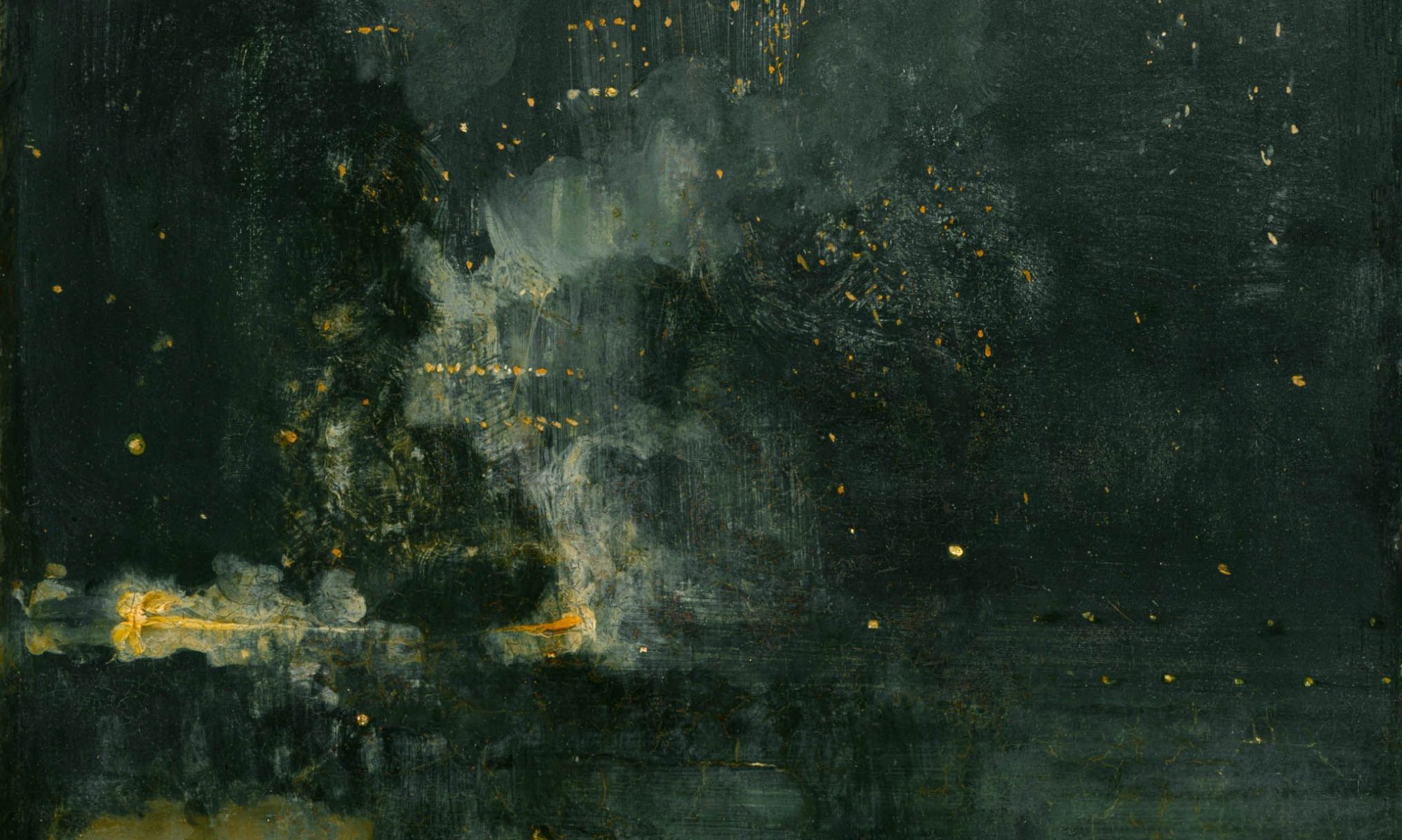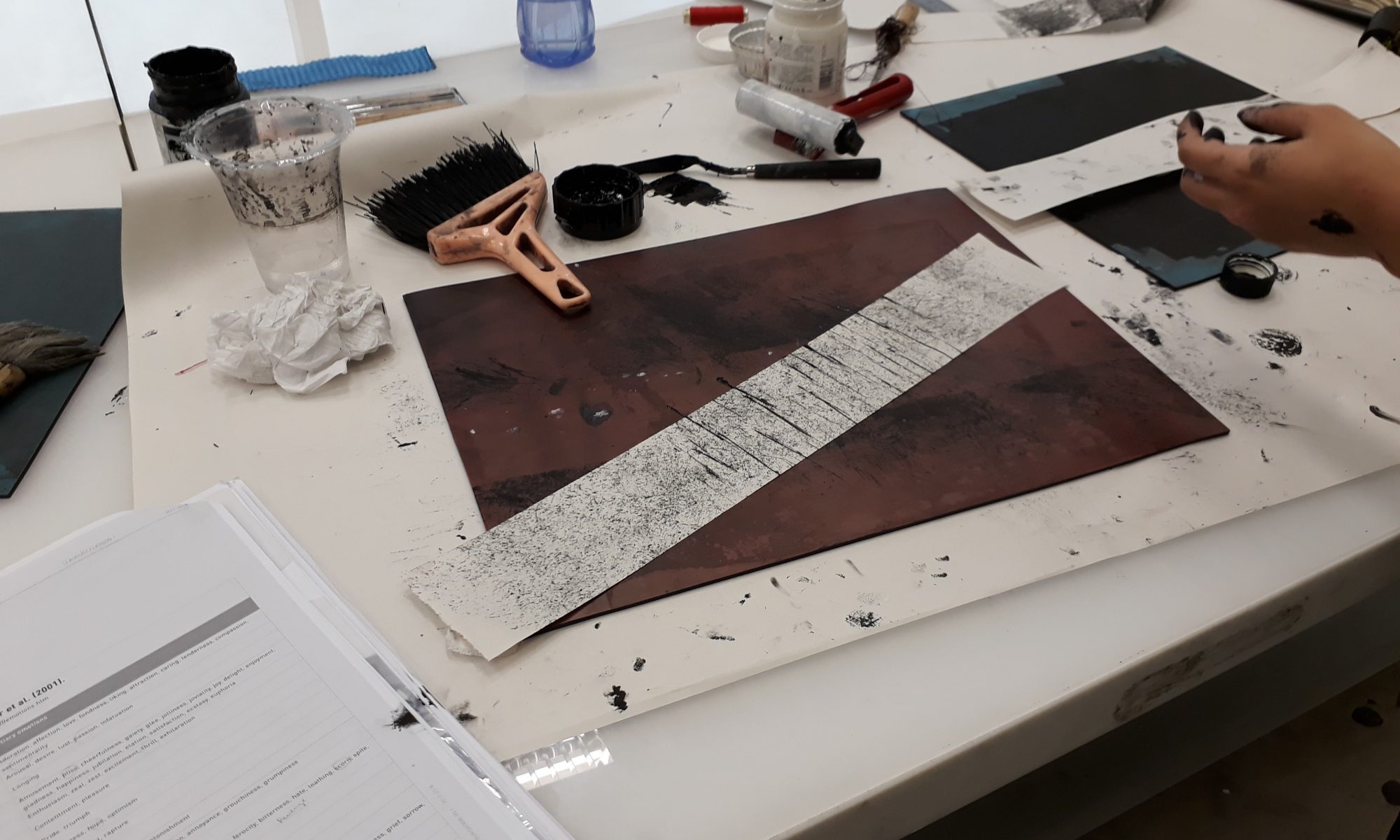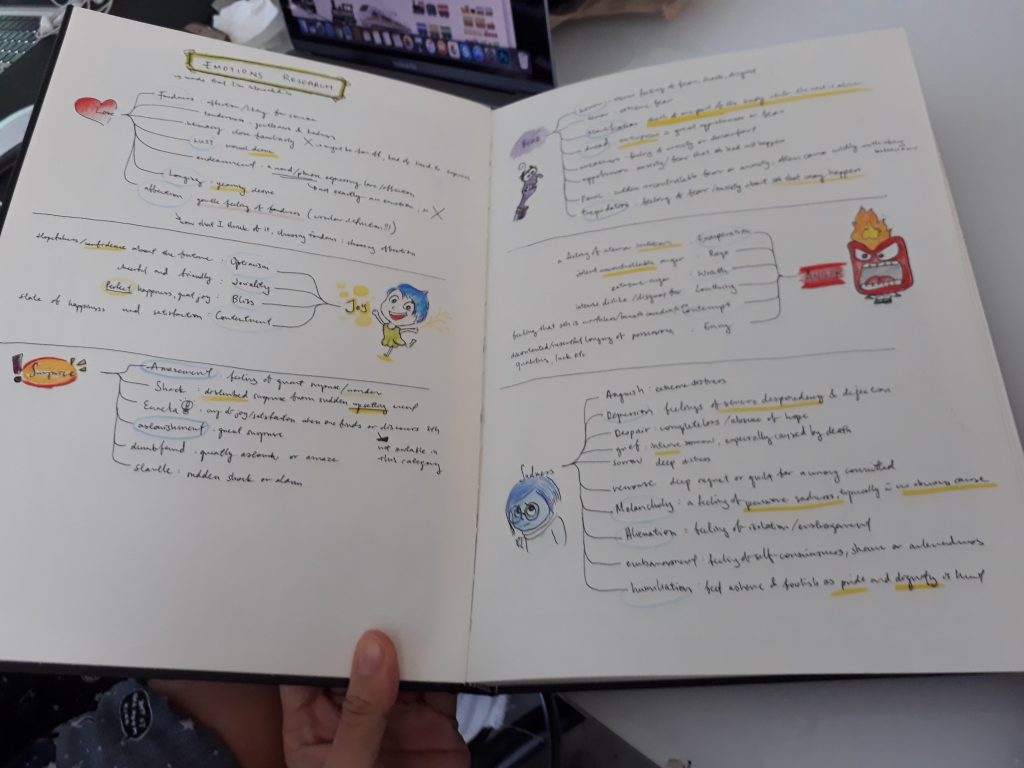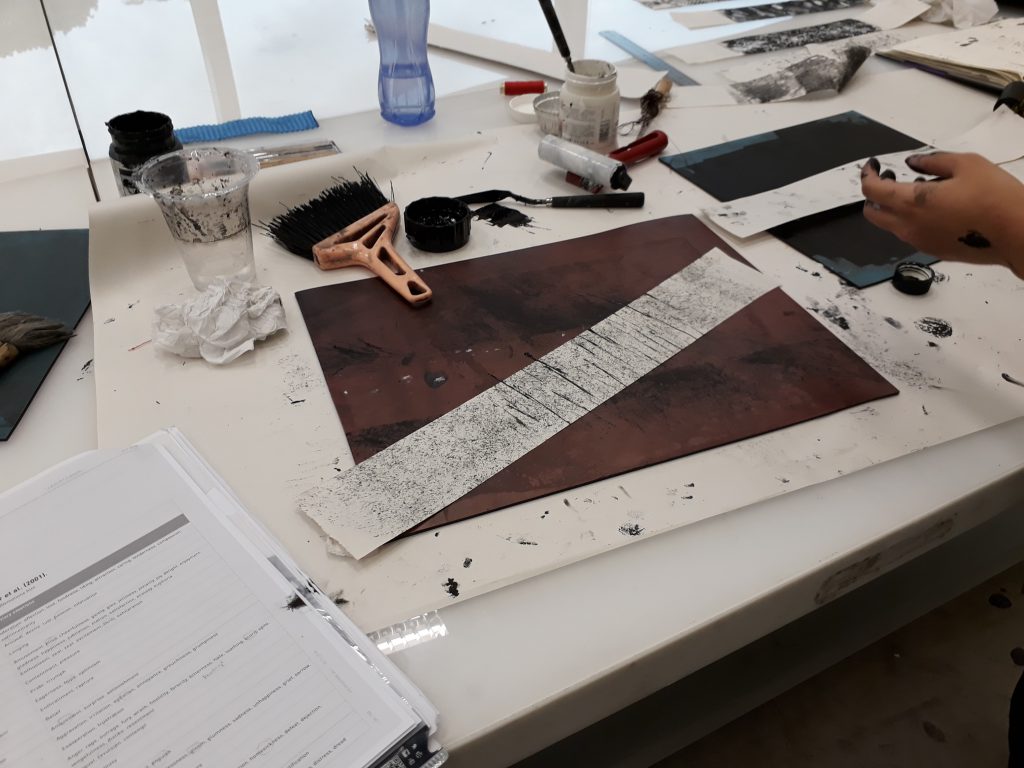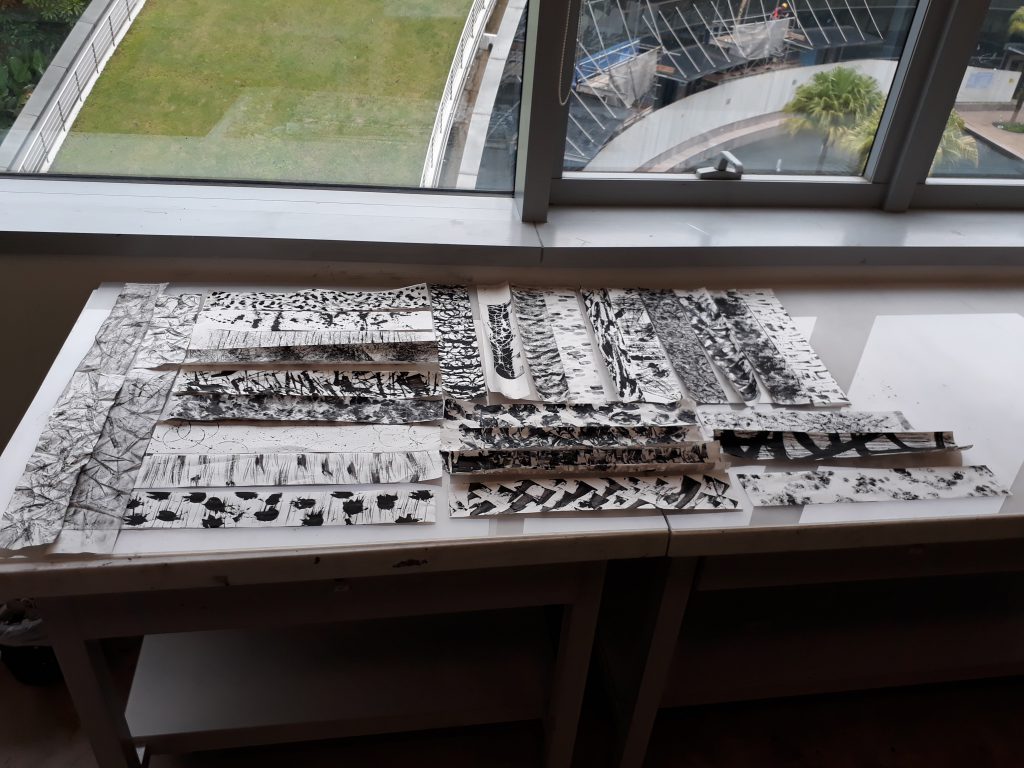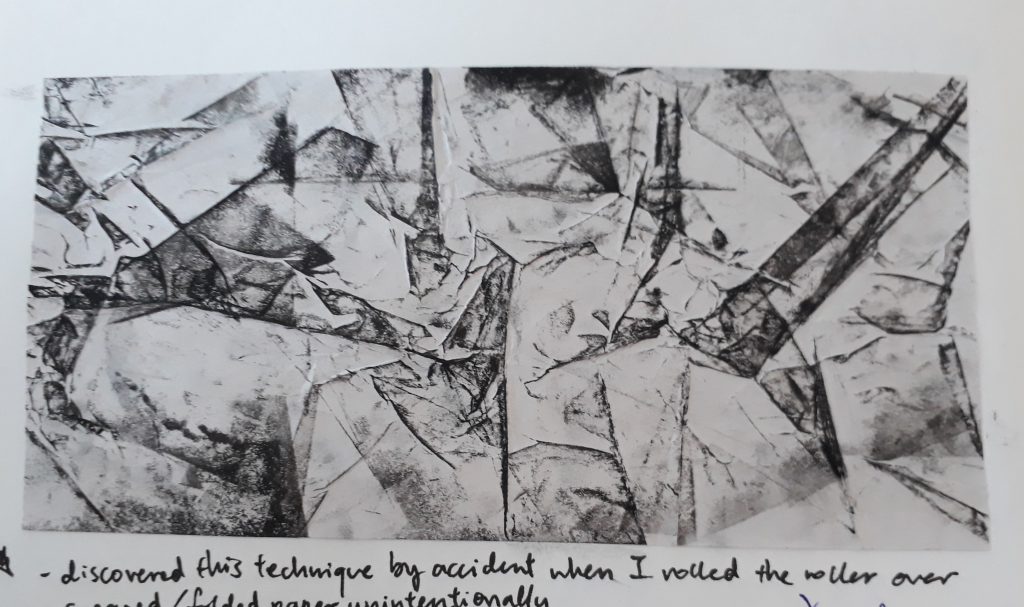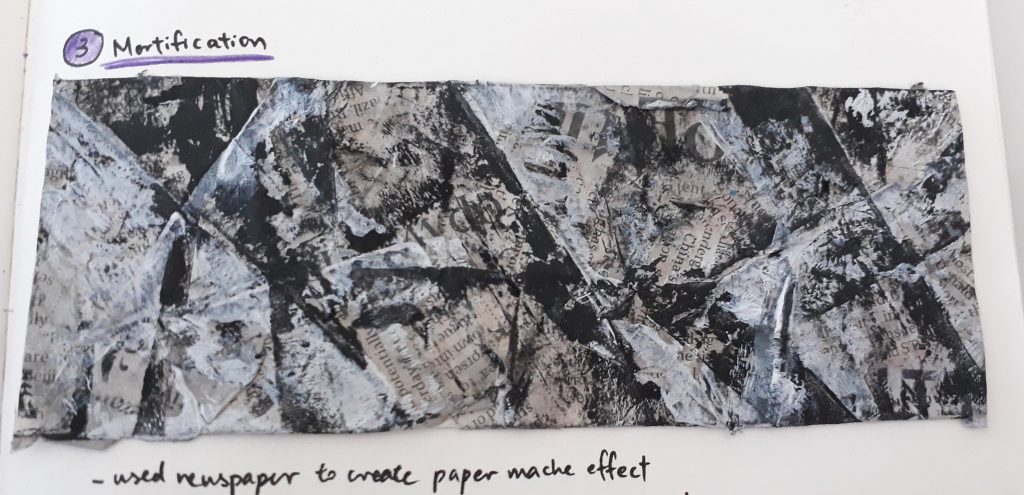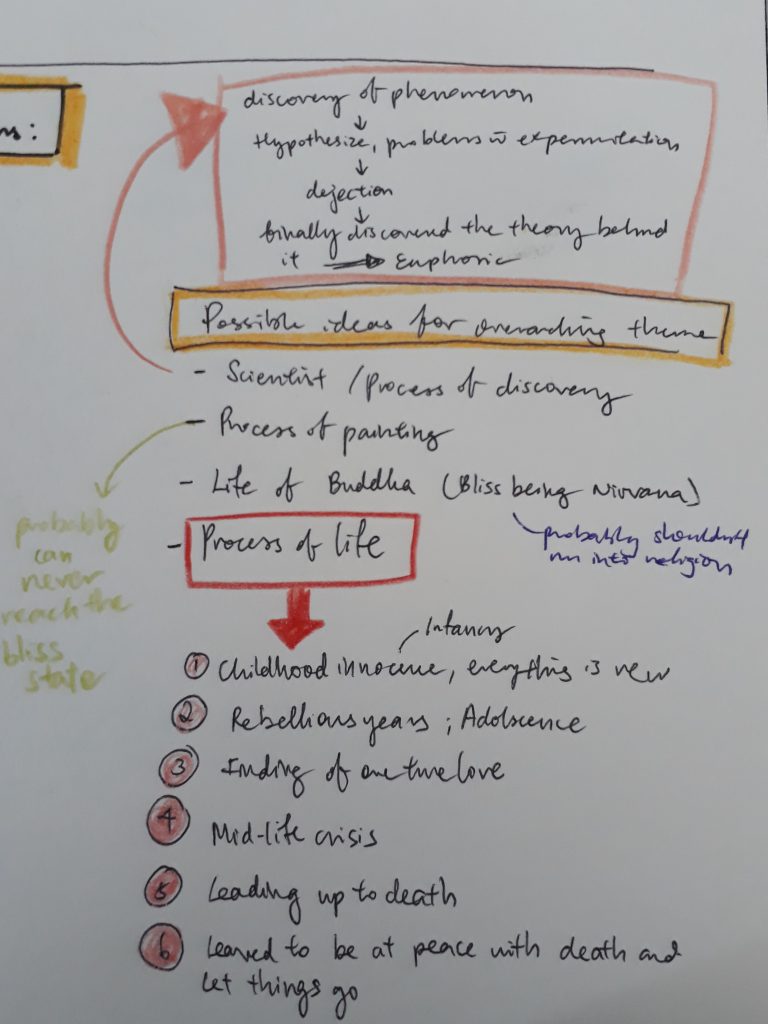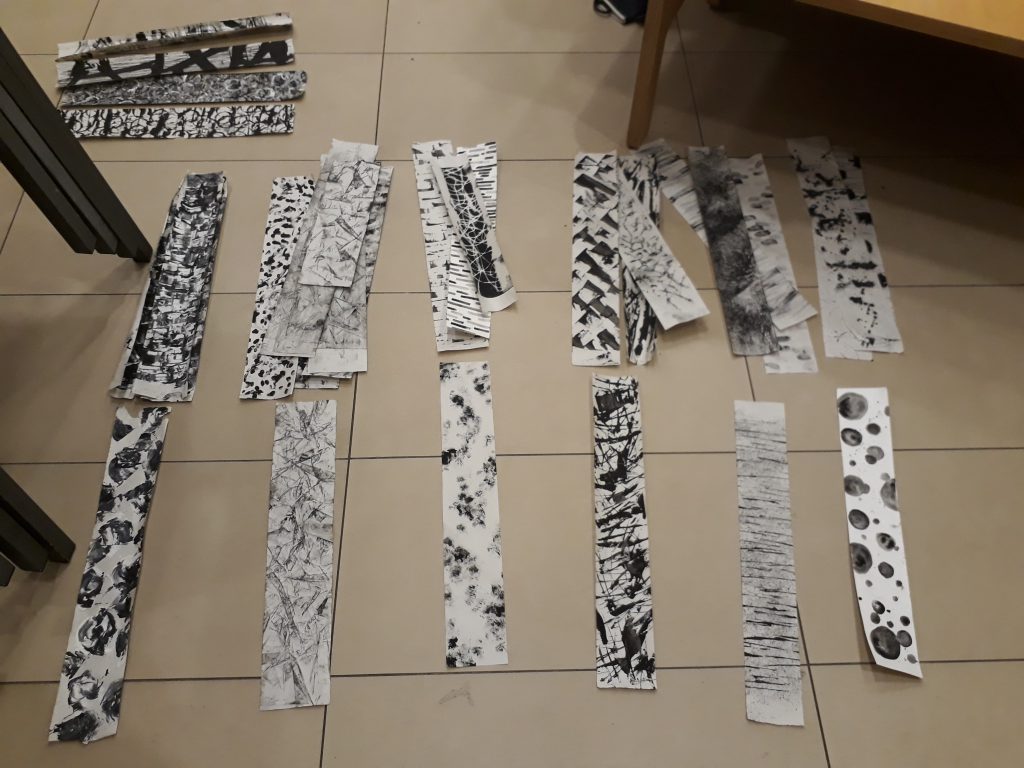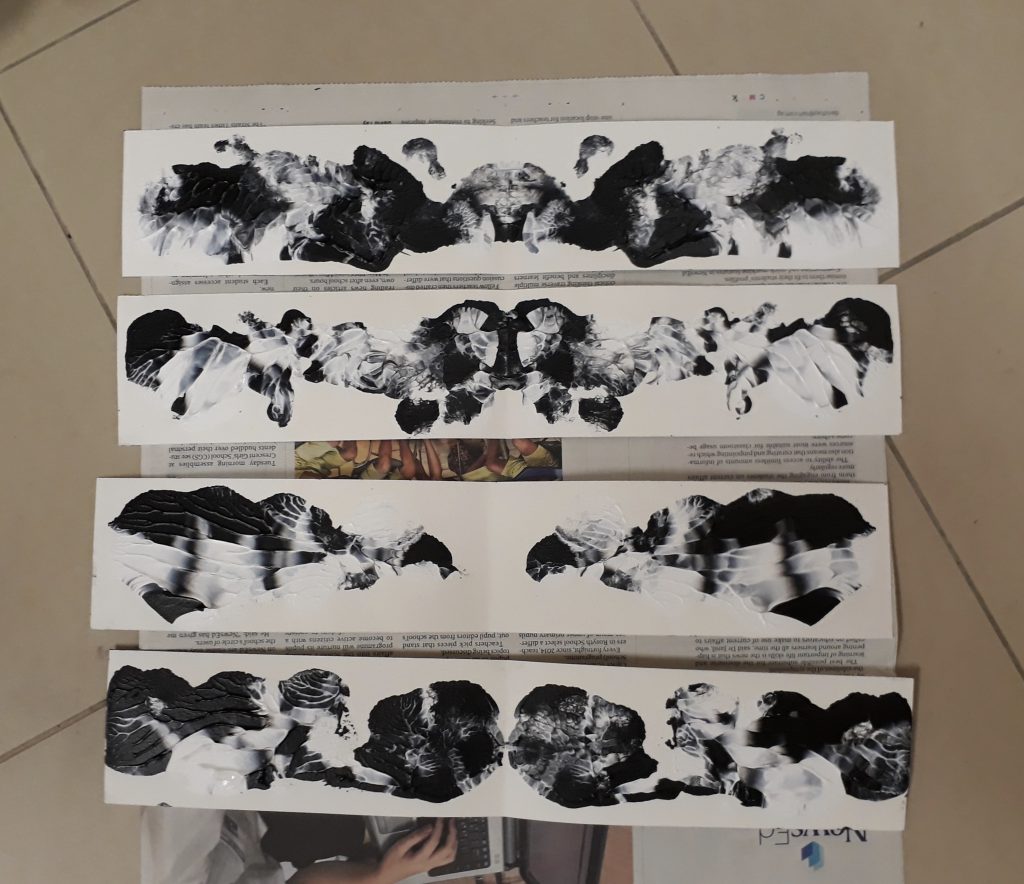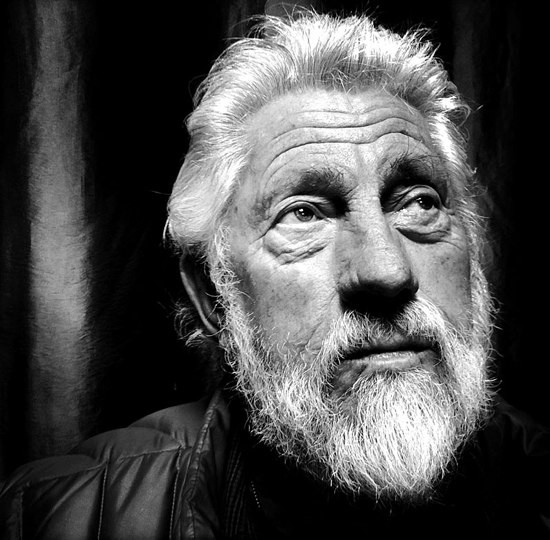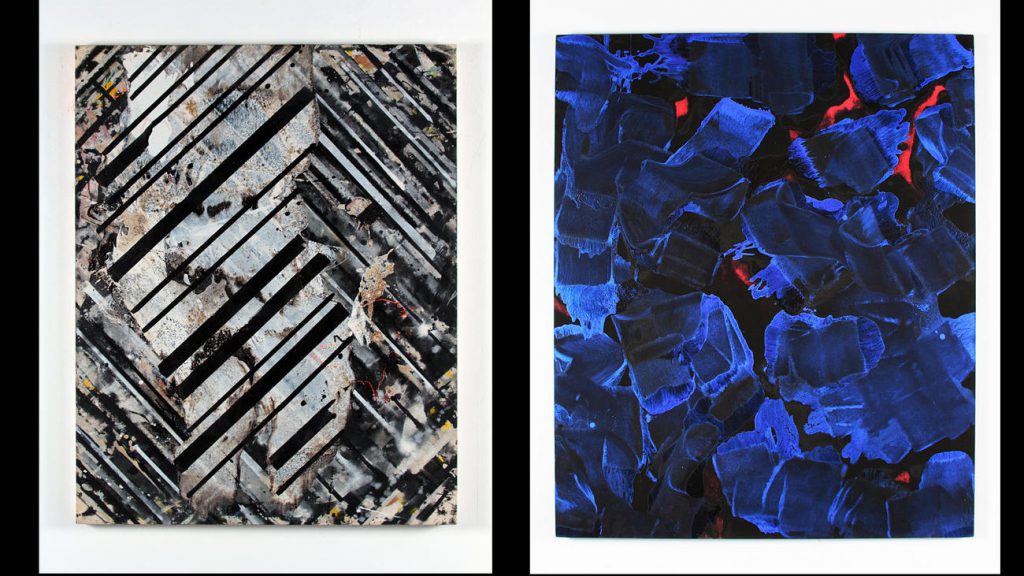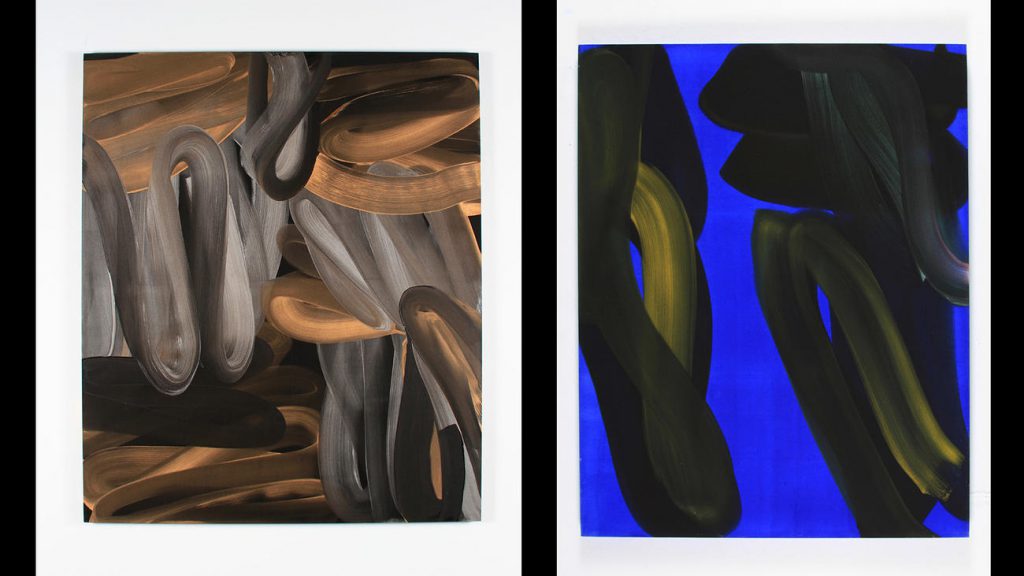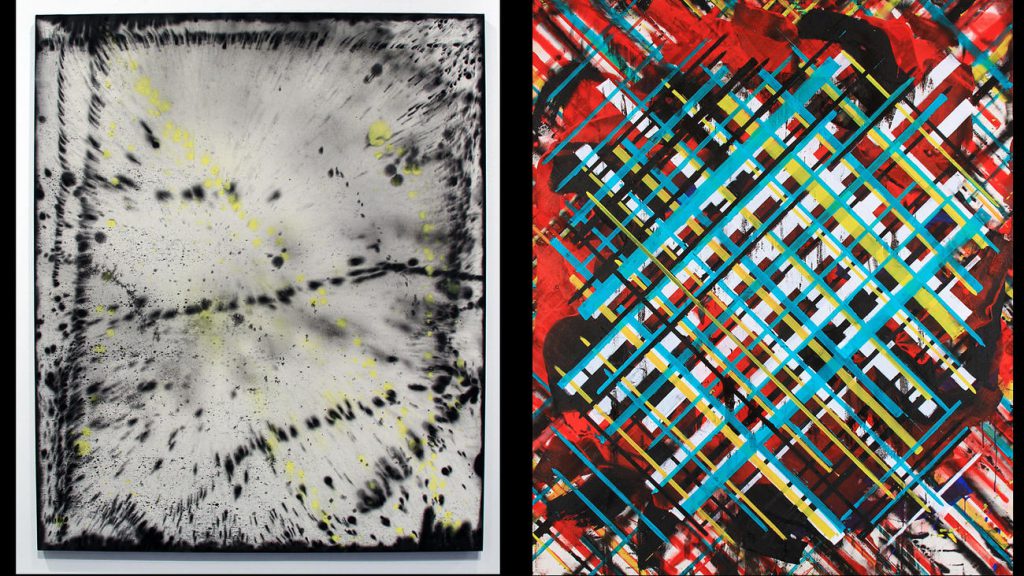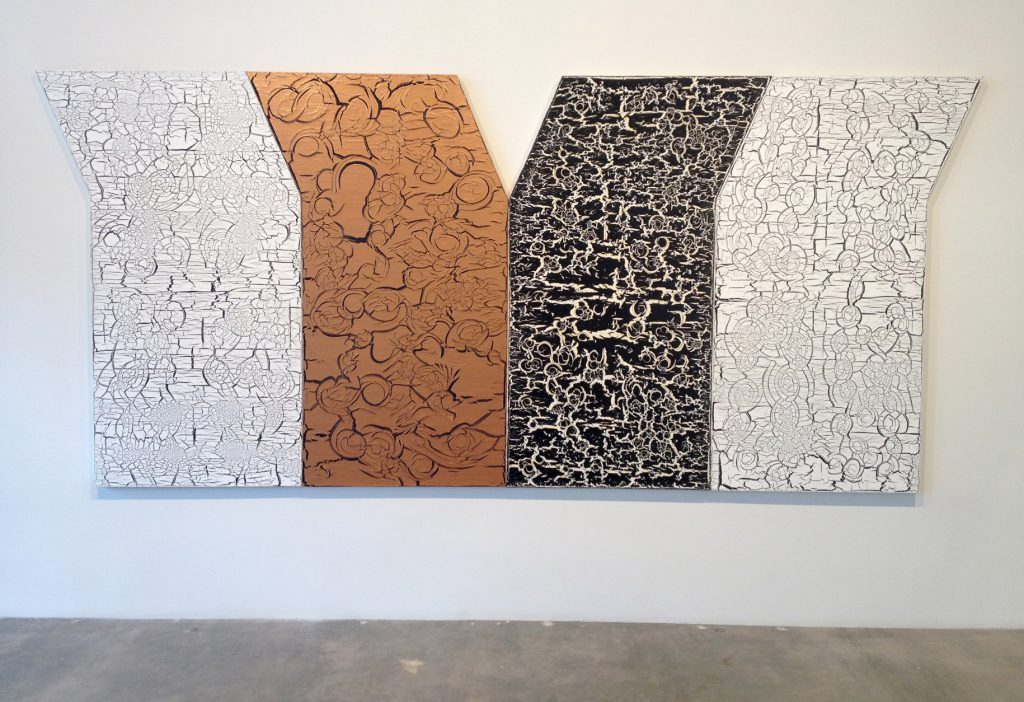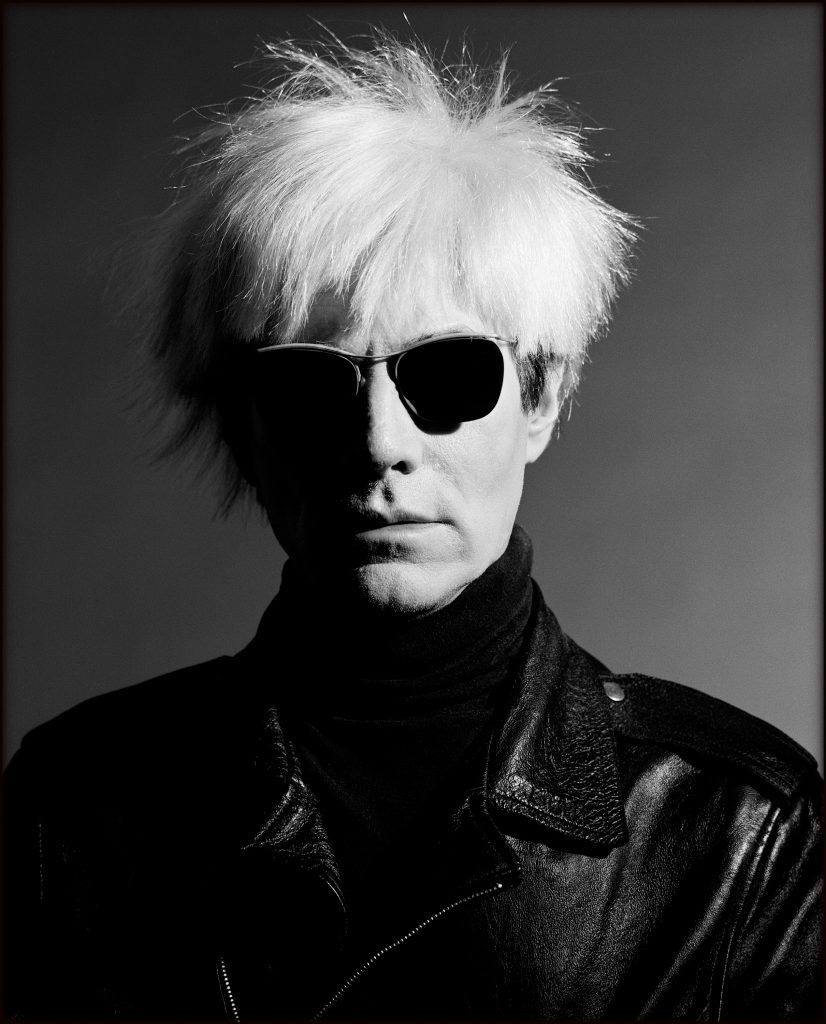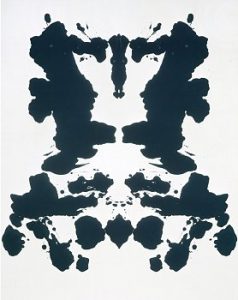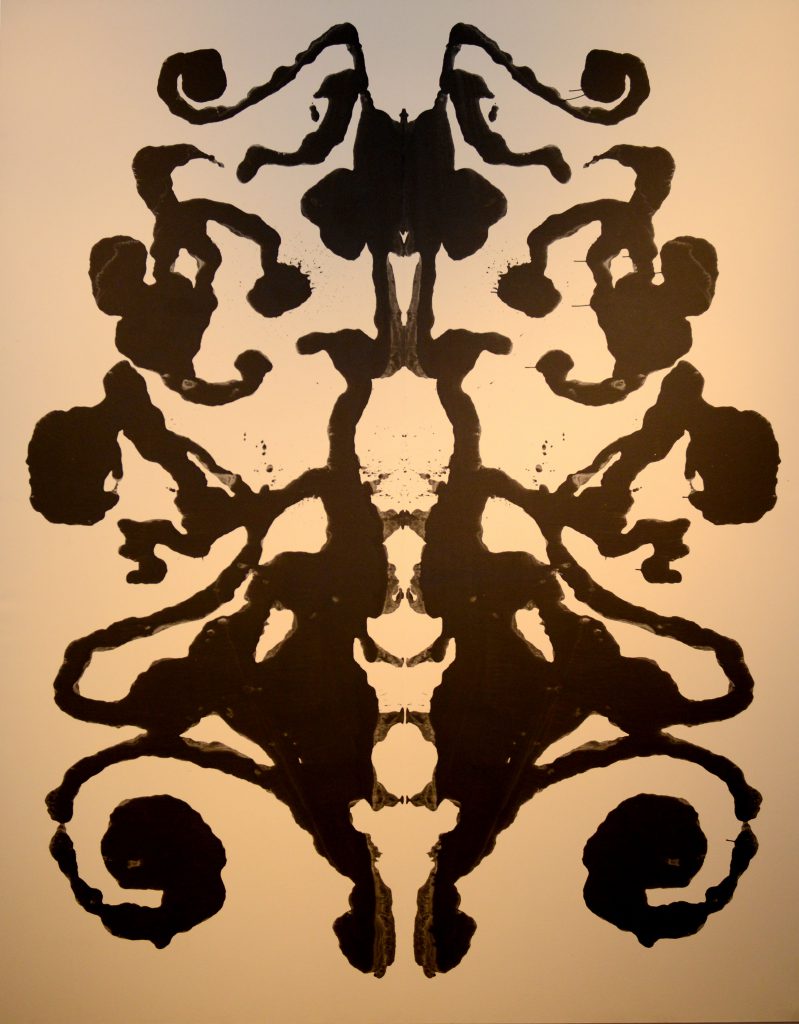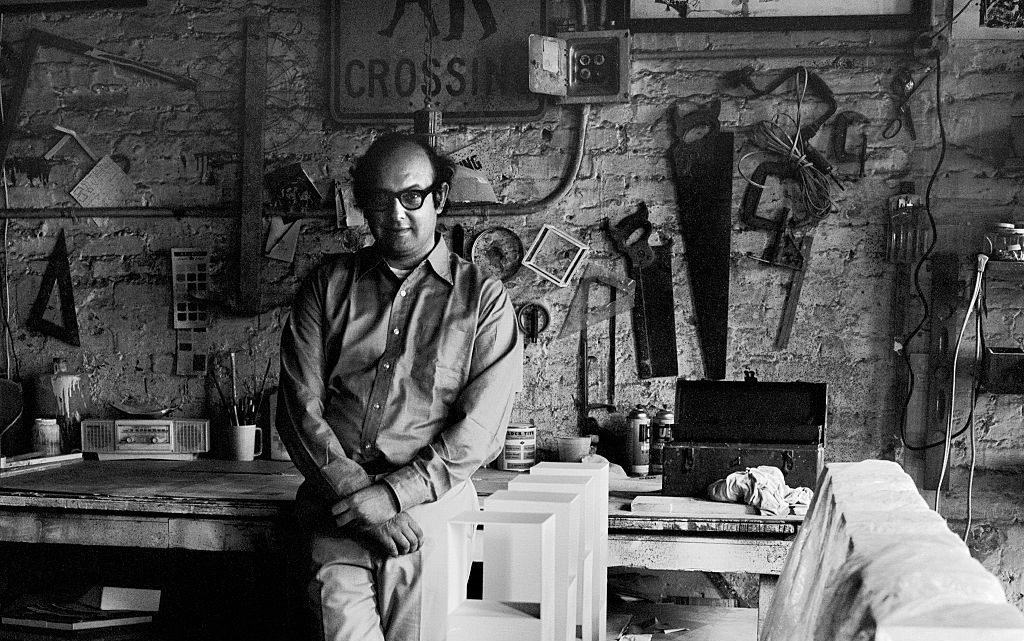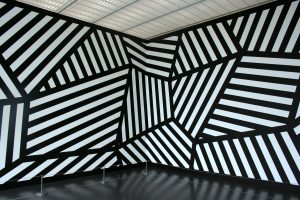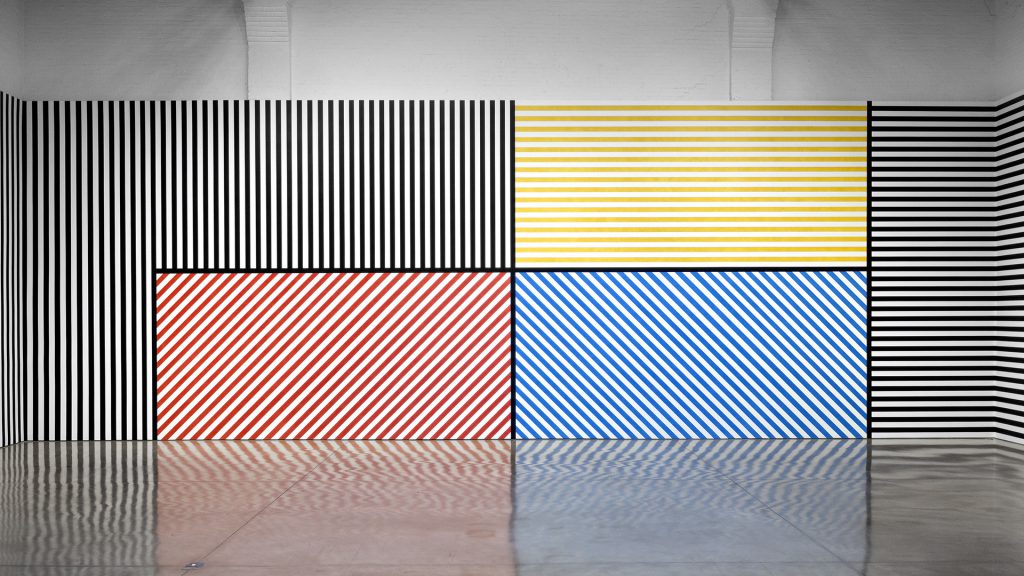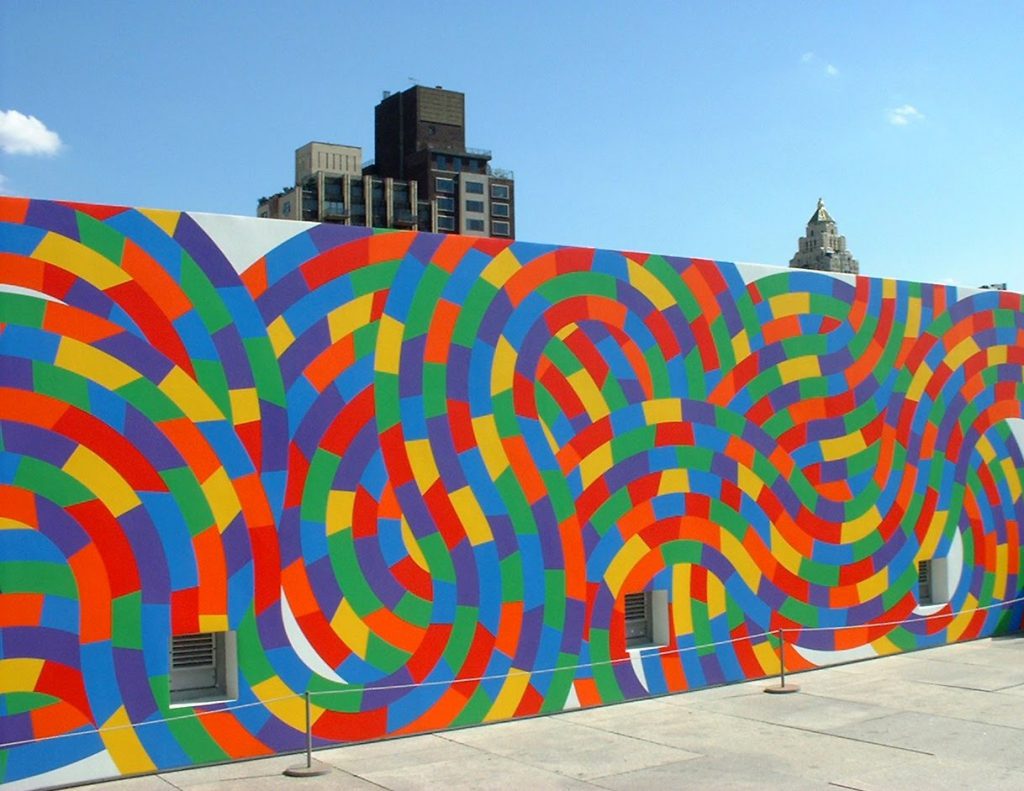Here are some documentation of the process I’ve been through for mark-making. I realise I’m not a person who can multitask very well, and so I kept on forgetting to whip out my phone to record down my experimentation process.
Initial emotions research:
I wanted to get a clear idea of what each emotions represented. Hence I did several small mind-maps for each emotion category and researched on each specific emotion to ensure that my understanding of that emotion is correct.
Experimentation for melancholy:
The feeling of melancholy is something that I believe everyone can instinctively understand as the wrenching throb in the heart but troubles to eloquently put the emotion into words. And so when I tried to express melancholy in my marks, I tried to keep the the marks to a minimum so that the empty space (the paper) gives a more pervasive feeling of hollowness and emptiness.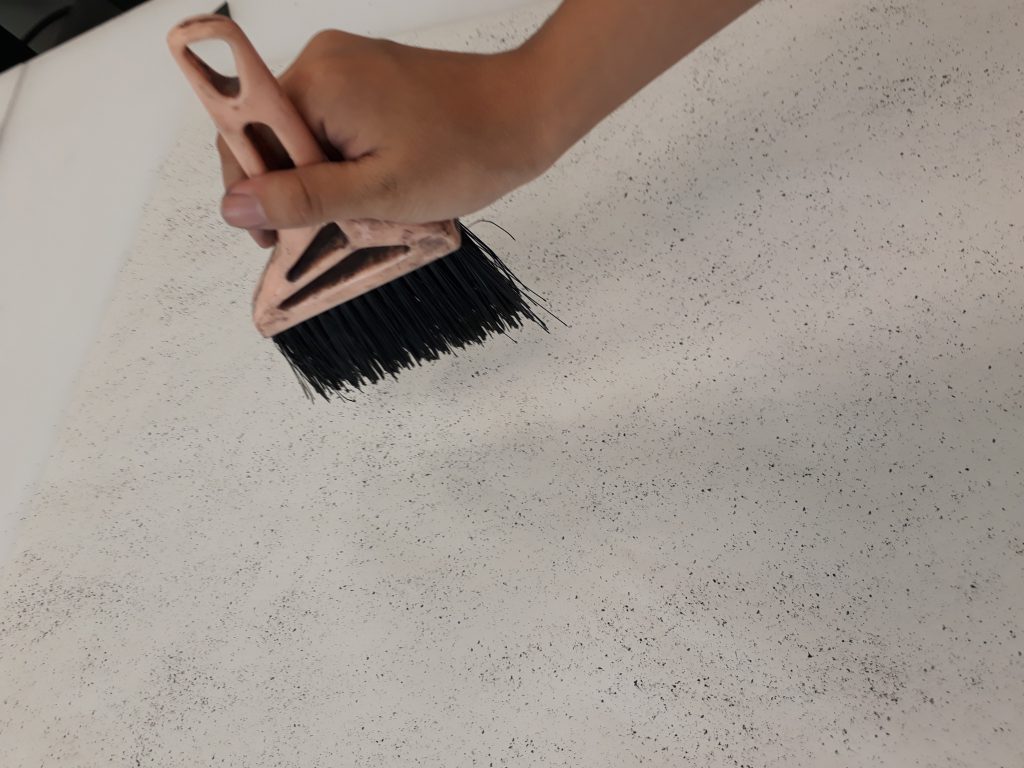
I made this by spreading glue around the paper first, and then sprinkling charcoal crumbs previously crushed. When the glue dries, only the charcoal is left behind, obediently following the trail of glue. I thought the idea was interesting, but I didn’t have any use for it in my final 6 emotions
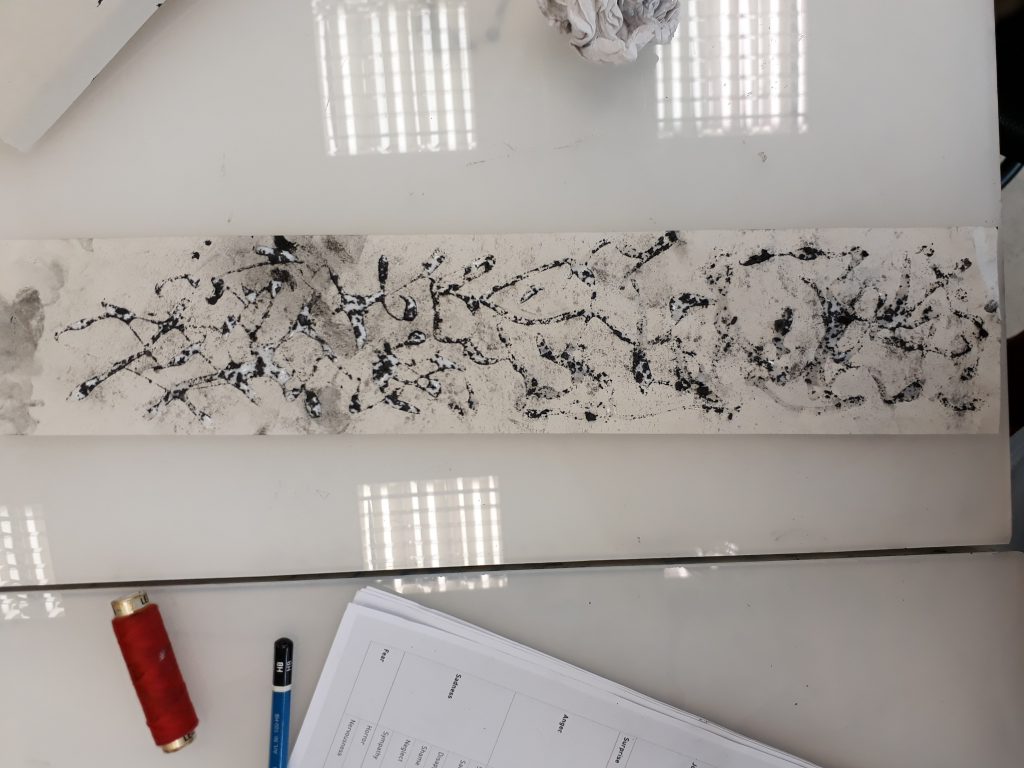
To see more of my process, please refer to my visual journal :DD
This was what I had after a week of experimentation:
Consultation with Mimi
- Mimi said that my works were too symmetrical (I agree!!!). I actually did try making some strips that were asymmetrical but I discarded them because they looked too bad. But I should really experiment more with having asymmetrical designs or having the idea of gradual up of emotions in order to make my works more exciting
- Mimi also mentioned that I shouldn’t be working on newsprint alone. I took her advice and experimented with canvas, watercolour paper and newspaper later on :) I also tried to vary my medium by using acrylic and watercolour (wanted to use oil but it wouldn’t dry in time)
- Can try collaging the works! See if anything interesting comes out of it!
- There has to be an overarching theme that can hold the separate emotions together (can be in the form of songs, stories, phenomenon, or just anything)
- Even though Mimi said that I have a wide variations of line work, she said to be careful when choosing my final 6 strips to prevent having the works looking too similar (especially since I seem to have the tendency to product mark-making that fills up the entire page)
Working on my learning points from the consult, I continued experimenting with more emotions, specifically working on points raised during the consultation.
Working with asymmetry
Working with different medium:
Initial idea was to simply roll a roller over crumpled paper
I decided to work on this idea by introducing newspaper as a medium to create a paper mache effect.
I brainstormed for a suitable theme to make my emotions cohesive and coherent when seen in a certain sequence. I had a few ideas off the top of my mind but they were somewhat random. At the end, since we are dealing with emotions in this project, I started to think about what emotions themselves signify. I felt that emotions are something very ‘raw’ and very ‘unique’ to humans. Yes, some animals can feel emotions as well, but they’re not as varied nor can they reach the same depth as human emotions can. Along this line of thought, I decided that I wanted to do something that ties in very closely to what makes a human human, which is how I arrived at my theme “life”.
Brainstorming:
With this as my starting point, I started to narrow down emotions that I want to deal with. I identified the different stages of life and the emotions one most probably would have felt at that point in time:
- Infancy
- Adolescence
- Teenager – Adulthood
- Mid-life Crisis
- Illness/ approaching old age
- Before the final end
(Check out the journal for the full description for each stage :> )
From my huge pile of emotions, I picked out 6 emotions most representative of what one would have felt at the six identified stages of life:
- Infancy — Amazement
- Adolescence — Exasperation
- Teenager – Adulthood — Lust
- Mid-life Crisis — Melancholy
- Illness/ approaching old age — Mortification
- Before the final end — Bliss
I went on making the final emotions used for submission. However, I realised that the same marks can never be replicated. Even subtle differences can make a big difference to the general mood the marks elicit.
In particular, I couldn’t get ‘Lust’ the way I wanted at all even after multiple, numerous, countless number of tries and kilos of paint wasted (just kidding). In a spurt of frustration, I folded a strip that I was doing halfway, intending to discard it. However, when I opened the strip, it dawned on me how perfect Warhol’s Rorscharch technique can be applied. I started experimenting more with this technique, constantly being pleasantly surprised whenever I open the folded paper.
And so, one day before submission, I changed “Lust” to “Affection”, an emotion I thought best described the ink blot I made.
In the end, my final six emotions were:
- Infancy — Amazement
- Adolescence — Exasperation
- Teenager – Adulthood — Affection
- Mid-life Crisis — Melancholy
- Illness/ approaching old age — Mortification
- Before the final end — Bliss
